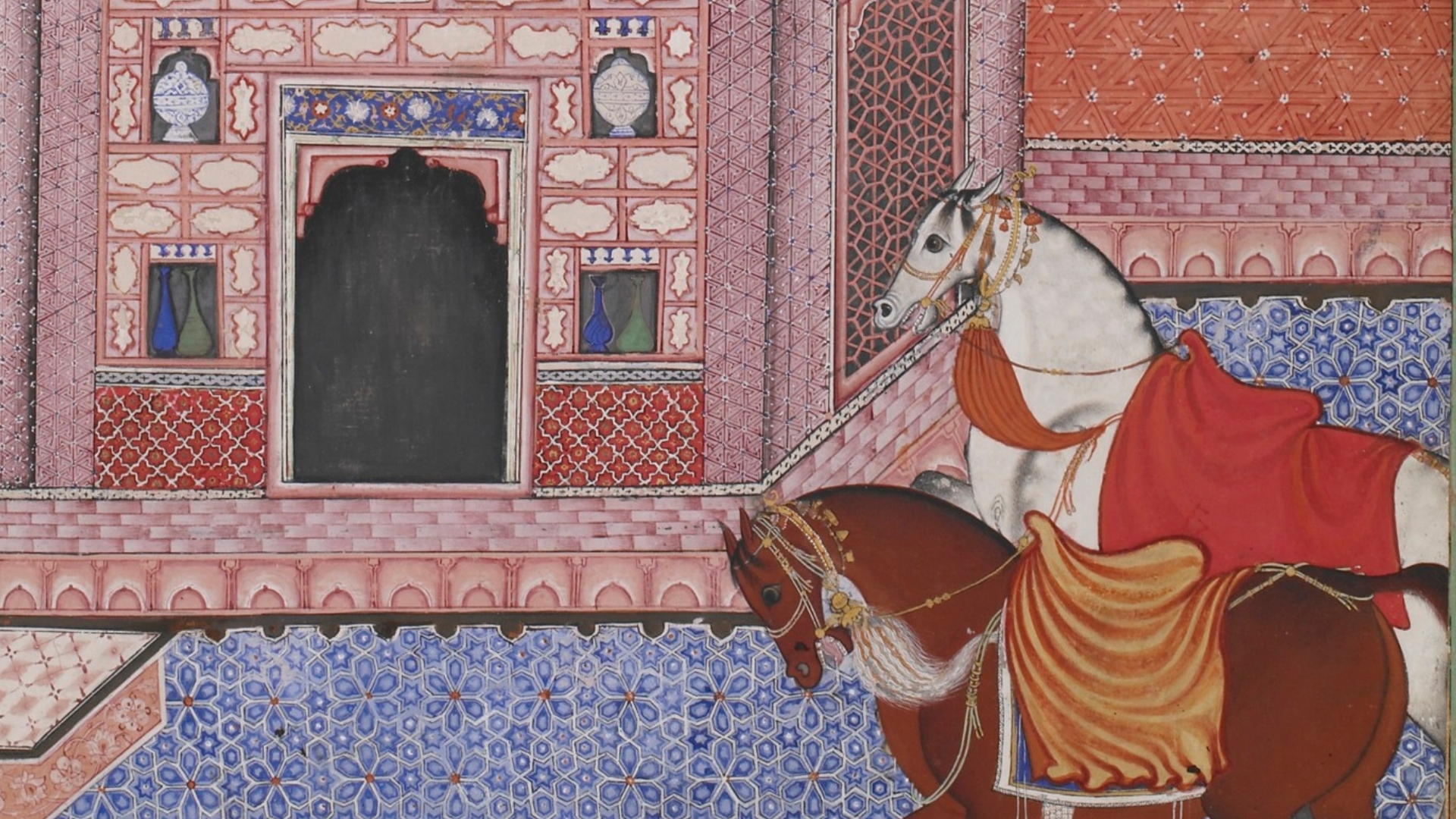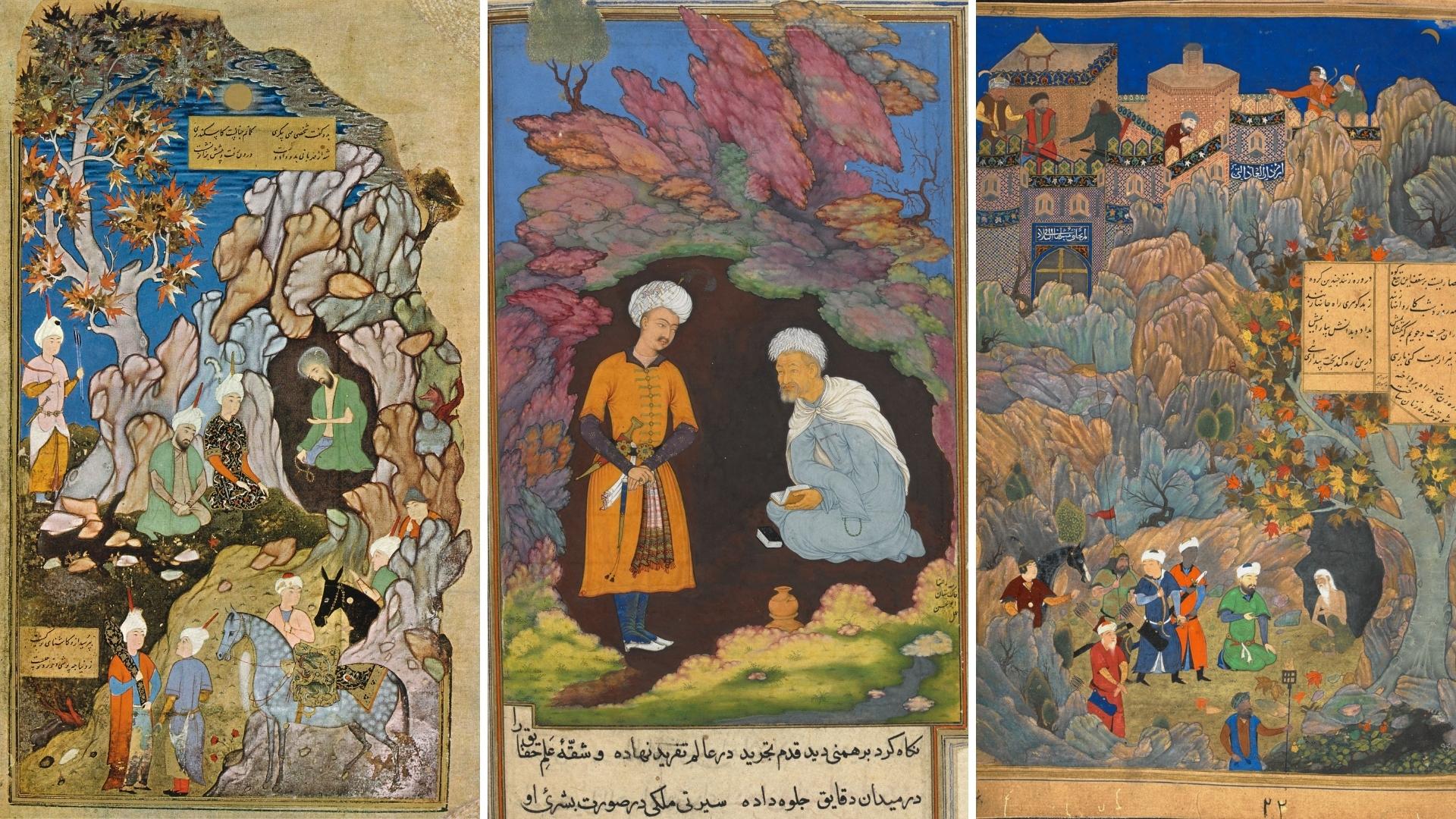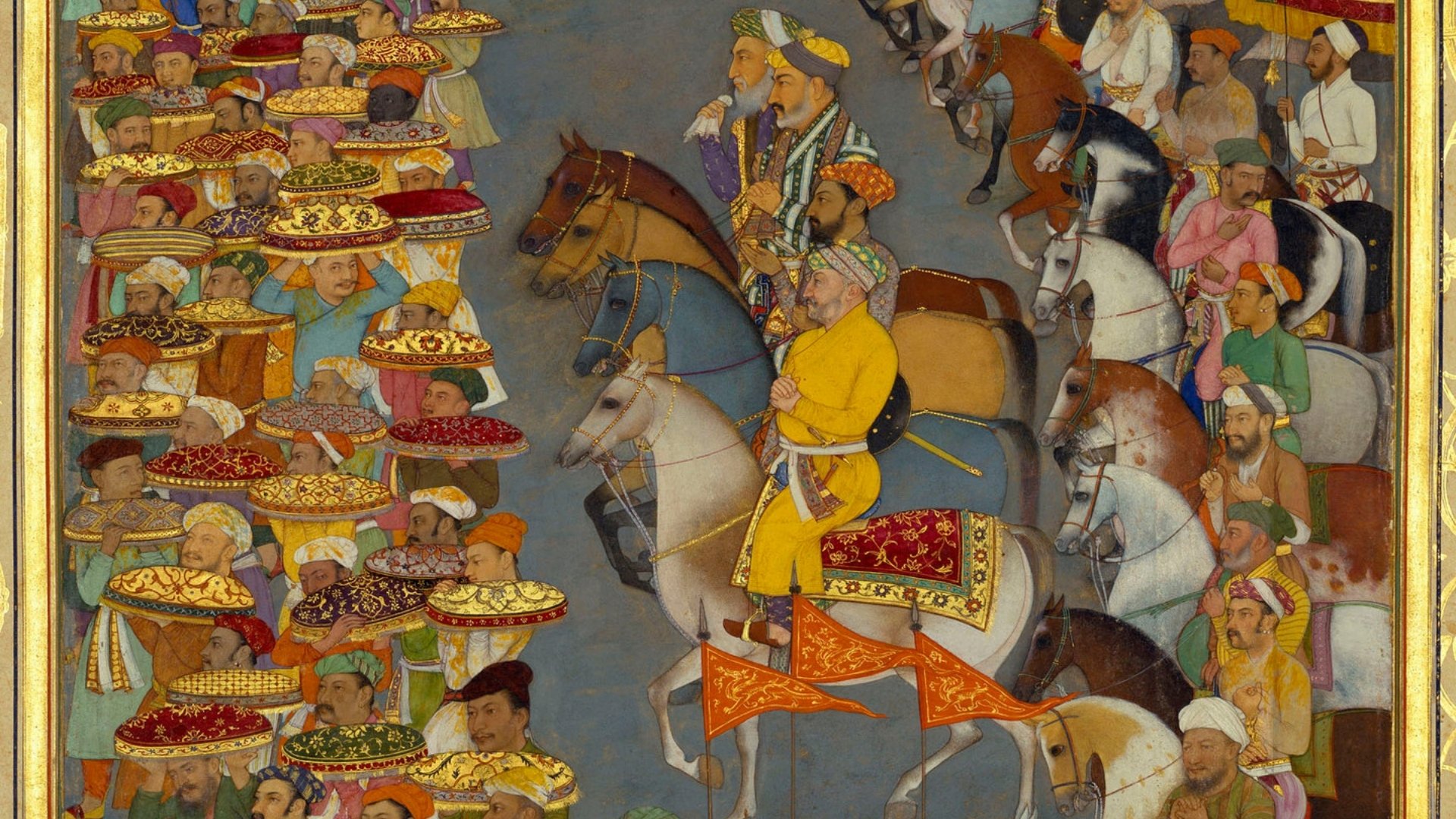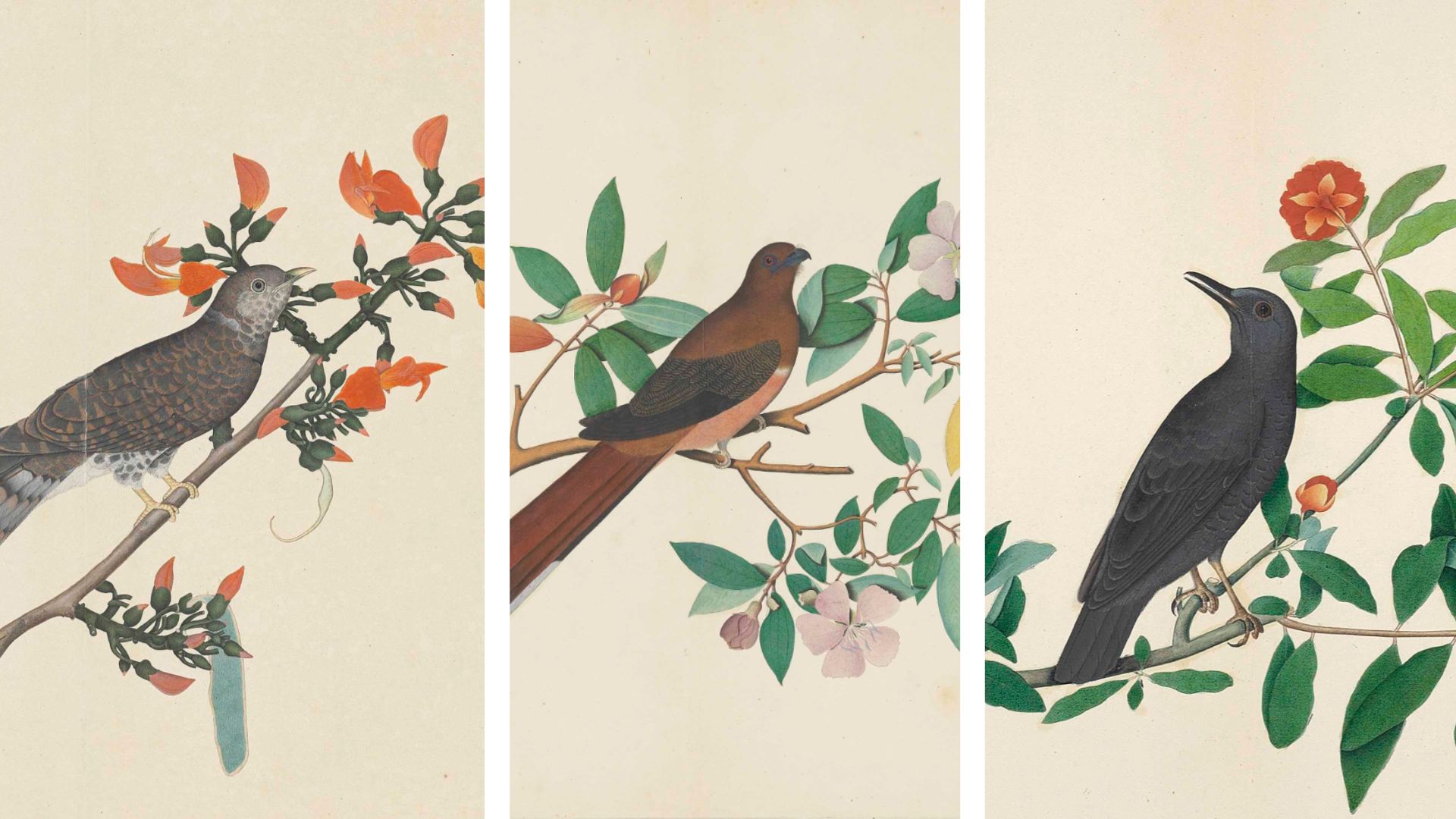About
Upon ascending to the throne, Emperor Akbar established a royal atelier known as the tasvir khana. The atelier was led by prominent Persian artists. It also brought together artists from across India and the rest of Asia, including Hindus and Muslims. What emerged from the tasvir khana came to be known as the Mughal style.
The Hamzanama was among the first manuscripts to be commissioned by Akbar. The story recounts the life of Hamza ibn Abdul-Muttalib, the uncle of the Prophet Mohammed. It describes his fantastical encounters with sorcerers, demons, fairies, daring heroes, brave women, and trickster spies.
In this course, we will paint scenes from the Hamzanama. The course will cover the preparation of paper, and painting techniques such as flooding and fine shading.
Key Information
Who is this workshop for?
Students of all levels and experience are welcome. You must be aged 18 or over to participate in our online programmes.
How many people can attend?
15 places are available.
What dates/times do I attend?
Tuesdays, 3, 10, 17 February and 3, 10, 17 March 2026, 17:30 – 20:00 GMT
Please note there is no class on 24 February.
What materials do I need?
- An H or HB pencil, eraser, and sharpener
- 1 x wooden board, approximately 15 x 12 inches
- 1 x roll of brown gum tape
- Ink, either Chinese ink or India ink
- A ruler
- A burnisher: You can use a wide gilders’ burnisher or a smooth, rounded agate stone. It must be perfectly smooth to prevent scratching your paper.
- Several A4 sheets of tracing paper
- Several A4 sheets of cartridge paper or photocopy paper for practice
- Several A4 sheets of hot pressed watercolour paper, 640 gsm (the tutor recommends Fabriano Artistico)
- A clean palette with wells, either ceramic or plastic
- Chinese ink (either bottled or in a stick; you will need a grinding stone if using stick form)
- Walnut ink (this contains nuts; sepia coloured ink is an alternative)
- Tubes of gouache paints: black (any), white (any), burnt sienna, burnt umber, cadmium yellow (light or dark), Prussian blue (dark), ultramarine, cadmium red, orange (any), olive or sap green.
- A clean jam jar for water
Brushes:
- Watercolour brushes, either sable or synthetic, in sizes 7, 5, 2, 0 and 000
- If you are interested in using traditional Indian brushes for shading, they can be purchased from Hussain Papers. These would replace the 0 and 000 watercolour brushes.
- If you are unable to purchase the traditional brushes from India, The Perfect Brush (UK), make different but useful brushes for miniature painting.
Online Learning
How do I attend the online class?
This class will take place on Zoom, an online meeting platform. A link for joining the Zoom meeting will be in your confirmation email after booking.
What if I have questions during the workshop?
This will be a small workshop; Students will be able to ask questions via chat or unmuting themselves.
Students will also have access to our online learning platform, Thinkific, where we share supplementary content.
I live in a different timezone. Can I still attend?
We encourage you to attend the course in real time to really benefit from instruction; however, if you are unable to attend live due to the difference in time you can catch up via recordings on our online learning platform, Thinkific. These recordings are available for a limited time after the course.
Recordings cannot be purchased separately if the course is fully booked or if the course has already started.
FAQs
Do you offer concessions?
Yes, we offer concessions for Seniors/60+, full-time students and people who are unemployed/in receipt of benefits.
Concessions cannot be applied in retrospect. To receive a concession, please apply via our online form. We will then send you a discount code to use when booking your space.
What if I need to change or cancel my booking?
No refunds, unless cancelled by the School. If you cancel up to 1 week before the workshop starts, we can offer a transfer to another workshop of equivalent value, subject to availability.
Tutor Biography
Samantha Buckley is an Indian miniature painter who has designed work for The Highgrove Shop in Tetbury, and Traditional Arts in London. In 2010 Samantha contributed two painted elephant sculptures to Elephant Parade, an event in London raising money for the Asian Elephant. In 2011 she was invited by the renowned artist Dr Desmond Lazaro to undertake a one-year apprenticeship in India to extend her knowledge and technique of miniature painting, developing work for an exhibition in London at The Ben Brown Gallery. She completed her MA at The School in 2006, receiving a distinction for her studies in miniature painting.



